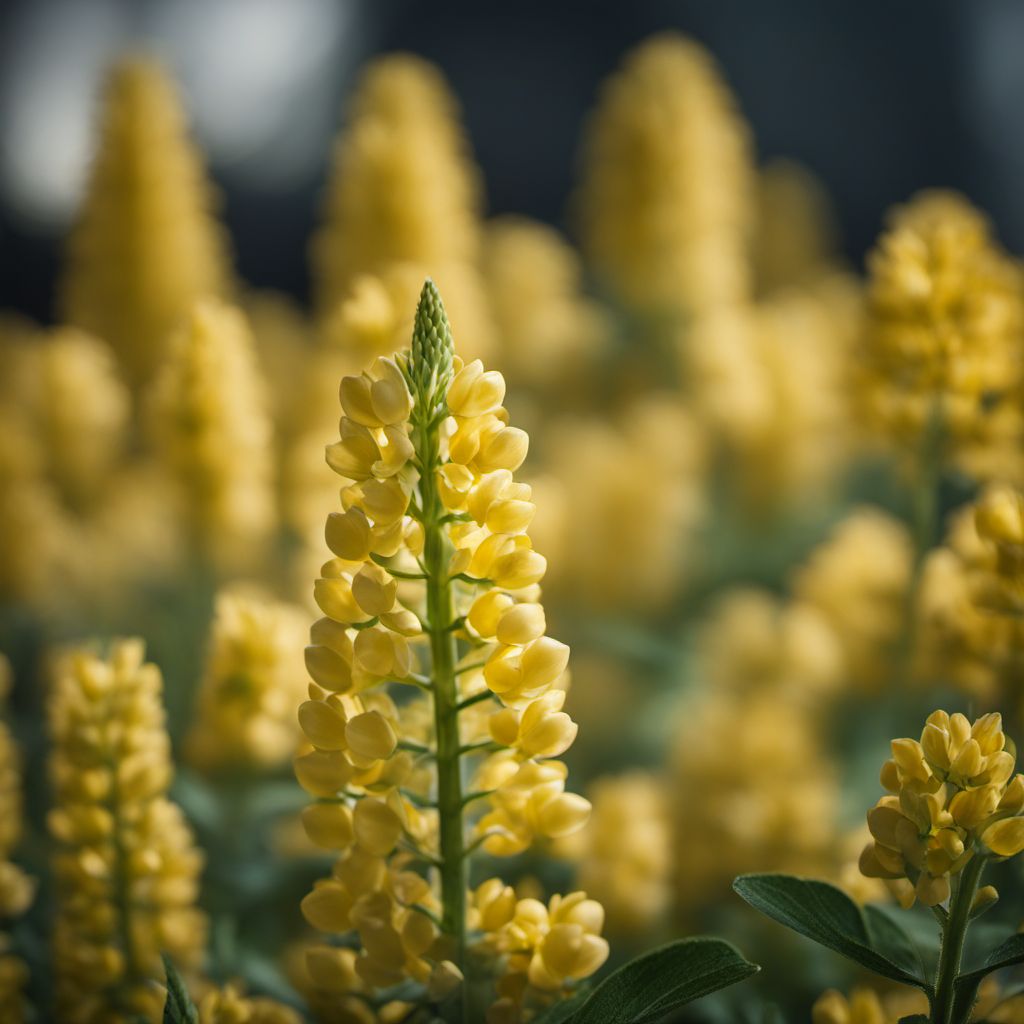
Ingredient
Yellow lupin (without pods)
The Golden Legume
Yellow lupin is a legume known for its vibrant yellow color, nutty flavor, and creamy texture. It is commonly used in soups, stews, salads, and even baked goods. The absence of pods makes it easier to incorporate into different recipes.
Origins and history
Yellow lupin has been cultivated for centuries and is believed to have originated in the Mediterranean region. It has a rich history in traditional Mediterranean cuisine and has been used as a staple food source in various cultures. The legume's versatility and nutritional value have contributed to its popularity throughout history.
Nutritional information
Yellow lupin is a nutrient-dense ingredient, rich in protein, dietary fiber, and essential minerals such as iron and magnesium. It is also low in fat and contains no cholesterol. A 100g serving of yellow lupin provides approximately X calories.
Allergens
Yellow lupin may cause allergic reactions in individuals with legume allergies. It is advisable to exercise caution and consult a healthcare professional if you have any known allergies.
How to select
When selecting yellow lupin, look for plump and evenly colored seeds. Avoid any discolored or shriveled seeds, as they may indicate poor quality or age. Additionally, check for any signs of moisture or mold, as this can affect the taste and texture of the legume.
Storage recommendations
To maintain the freshness and quality of yellow lupin, store it in an airtight container in a cool, dry place. Avoid exposure to moisture, heat, or direct sunlight, as these can cause the seeds to spoil or lose their flavor. Proper storage can extend the shelf life of yellow lupin for several months.
How to produce
Yellow lupin can be grown in home gardens or small-scale farms. It requires well-drained soil, ample sunlight, and regular watering. Sow the seeds directly in the ground or in containers, and provide support for the plants as they grow. Harvest the pods when they turn yellow and dry them to obtain the yellow lupin seeds.
Preparation tips
Yellow lupin can be soaked overnight and cooked to be used in soups, stews, or salads. It can also be ground into flour and used in baking recipes. Roasting the seeds enhances their nutty flavor, making them a delicious snack on their own or as a topping for dishes. Additionally, yellow lupin can be sprouted and added to sandwiches or wraps for a nutritious crunch.
Culinary uses
Yellow lupin is commonly used in Mediterranean and Middle Eastern cuisines. It is often incorporated into dishes such as hummus, falafel, and pilaf. The legume's versatility allows it to be used in both savory and sweet recipes, adding a unique twist to traditional dishes.
Availability
Yellow lupin is commonly available in Mediterranean countries such as Italy, Greece, and Spain. It is also cultivated in Australia and parts of South America. However, it may be more challenging to find in other regions.


